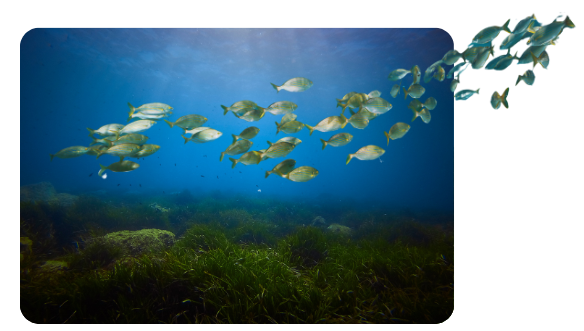Story
Improving methods to study the ‘Plastisphere’
19 October 2023
First comparison of the efficiency and efficacy of methods to culture microplastic-colonising bacteria to help increase understanding of the “Plastisphere’, a term given to the novel microbial communities that live on discarded plastic in the environment and which is distinct from its surroundings.

Microplastics in the environment are rampant and can support a diverse range of microbes. There is a growing concern that the microbes living on microplastics may support the enrichment and spread of pathogenic and/or antimicrobial-resistant (AMR) microorganisms, potentially increasing human or animal exposure to disease-causing, drug-resistant microbes.
However, it is not yet clear whether the Plastisphere includes significantly more microbes of concern than naturally existing particles. It is therefore crucial for research efforts to determine the risk posed by microplastics to ecological systems and human, animal and environmental health.
Limitations in researching this area includes the microbiological methods available for isolating microplastic microbes for further study as well as method best-practice. The study team, involving scientists from Plymouth Marine Laboratory and the University of Exeter, set out to compare the efficiency and efficacy of four commonly used culture-based extraction methods (swabbing, sonication, vortexing, sonication followed by vortexing), to allow harvesting of a mixed community of bacteria from microplastics (polyethylene, polypropylene and polystyrene), wood and glass particles.
What is sonification?
The process of applying sound to agitate particles in a liquid.
What is vortexing?
Rapid circular flow of fluid that draws particles to the centre and the opposite to centrifuging that carries particles away from the centre.
The team found that all methods tested were successful but to varying efficiencies. Sonicating particles with glass beads for 15 min followed by vortexing for a further minute generated the highest yield and therefore, greatest removal efficiency of culturable bacteria that also maintains representation of the full community being sampled.
Overall, swabbing was the most efficient extraction method 1 time (3.3%), vortexing with glass beads was the most efficient 15 times (50%), sonicating with glass beads was the most efficient 14 times (47%) and sonicating followed by vortexing with glass beads was the most efficient 24 times (80%).
Emily Stevenson, lead author on the study and PhD student with the University of Exeter and Plymouth Marine Laboratory, commented:
“This is a valuable study as without assessment of removal efficiency, culture-based research efforts are not currently optimised, comparable or consistent to extract viable bacterial cells from microplastics for further study. By standardising our methods across laboratories, study designs and scientific capacity, it will increase our understanding of the role of microplastics in supporting distinct, pathogenic or AMR communities, and the subsequent ecological threats they pose.”
Multiple methods for Plastisphere extraction
There are a number of different techniques that can be used to investigate the microbial community profiles associated with microplastics. Methods can be divided into molecular, such as DNA extraction followed by downstream applications such as sequencing, and culture-based techniques, such as cultivation on agar plates.
Molecular methods can be used to provide a holistic and sensitive picture of community composition. The first step of almost all molecular protocols is the extraction of DNA from the community, and the efficiency of DNA extraction methods from microplastics have been already evaluated. Culture-based methods have also been adopted in previous Plastisphere research, however, these methods have not yet been compared in efficiency.
Culture-based methods, though less sensitive than molecular methods and limited to the study of culturable organisms, are cost-effective, replicable and widely accessible to less specialised, smaller or lower-income laboratories. Perhaps more importantly, working with cultured isolates allows measurement of key characteristics or traits, such as AMR and pathogenicity, that can otherwise only be inferred from sequence-based methods.

